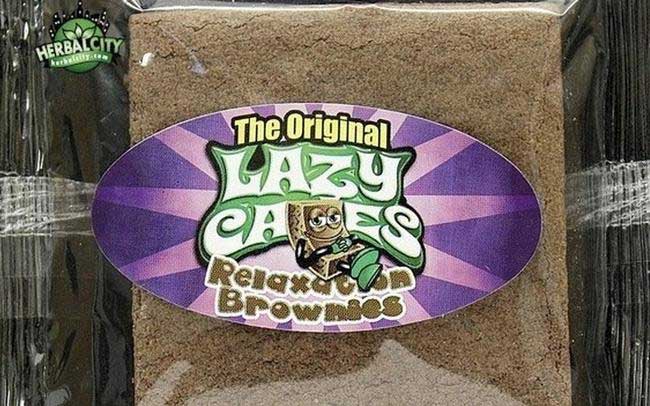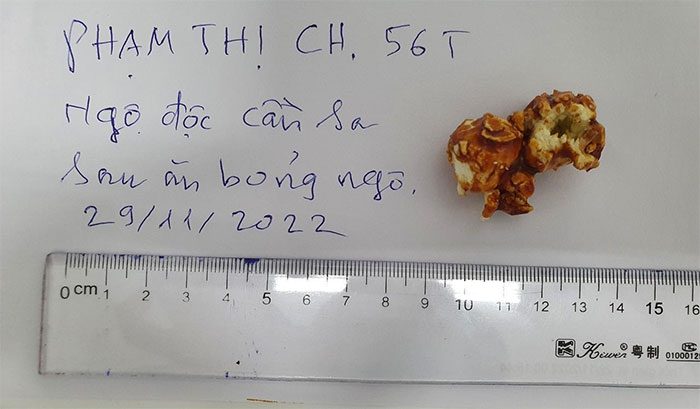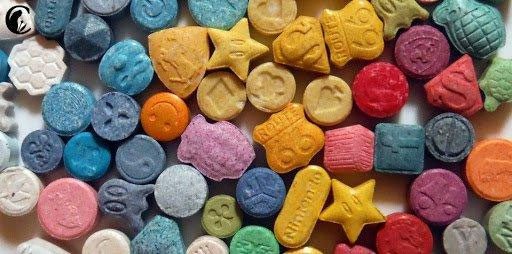Not only did Thanh Hoa issue a warning about the sweet cake Lazy Cakes infused with cannabis entering Vietnam, but in Hanoi, a woman had to be hospitalized after consuming popcorn that contained drugs. Vietnam struggles to detect new types of drugs, so it is crucial for people to be vigilant in identifying potential drug exposure in a timely manner.
Drug-Infused Cakes and Popcorn Pose Serious Risks
The Thanh Hoa Provincial Police reported that Lazy Cakes, commonly referred to as “lazy cakes,” is a new type of sweet cake infused with cannabis that has recently entered Vietnam.
“Lazy cakes” are essentially a form of drug disguised as sweet cakes. The primary ingredient is cannabis, which is extracted into a solution. This mixture is then blended with flour, dried fruits, chocolate, etc., before being baked or steamed into cakes and packaged for sale. The price is approximately 200,000 – 300,000 VND per cake.
This “toxic” sweet cake has been in Vietnam for about four years, but recently, individuals have intensified its sale to evade detection by authorities. The primary users are young people, particularly students.
Upon consumption, the drug rapidly enters the bloodstream, causing users to feel euphoric and experience hallucinations. Users may become drowsy or prefer to lie down or sit in one place laughing. This cake has been warned to potentially cause temporary respiratory failure and may lead users into a state of stupor. It contains a substance classified as illegal, newly emerged in Vietnam.

Lazy Cakes containing drugs have entered Vietnam.
In Hanoi, the Poison Control Center at Bach Mai Hospital reported that they are currently treating a female patient (56 years old, from Thanh Xuan, Hanoi) diagnosed with cannabis poisoning after mistakenly eating popcorn suspected to be infused with cannabis.
On November 29 at around 4:30 PM, Ms. Pham Thi C. consumed two pieces of popcorn (ordered online by her child). After an hour, she experienced dizziness, nausea, and subsequently became disoriented, prompting her family to take her to the Poison Control Center at Bach Mai Hospital.
Dr. Nguyen Trung Nguyen, the director of the center, stated that the urine test results revealed the presence of THC (a primary compound found in cannabis). The patient was diagnosed with cannabis poisoning and was treated according to the appropriate protocol, successfully passing through a critical phase.

The type of popcorn containing cannabis that caused Ms. Pham Thi C. to be poisoned.
Modern Laboratories Struggle to Detect New Drugs
Dr. Nguyen Trung Nguyen advised that there are many new types of drugs emerging, not only in traditional forms such as pills, powders, and patches but also mixed into various types of food, beverages, and snacks. Previously, the Poison Control Center has received numerous patients with cannabis poisoning from sweet cakes, cookies, candies, and e-cigarettes. This is the first case of cannabis poisoning after consuming popcorn detected.
Currently, there are many types of drugs that are not only sold and used discreetly but also increasingly infiltrate everyday life, continuously attracting and expanding the number of users and addicts. This is because these drugs are incorporated into e-cigarettes that have not yet been banned, as well as in food and drinks at entertainment venues. The management of online sales has not been effective, allowing for rapid distribution.
Dr. Nguyen also emphasized that cannabis is a natural and classical drug that is relatively easy to detect, but most other drugs today are new substances that are constantly modified and created by malicious individuals (often inaccurately referred to as synthetic cannabis), and modern laboratories in the country have yet to catch up in developing detection methods. The government has also not been able to include these substances in the banned list before new substances emerge.

Drugs in candy.
Currently, apart from a few laboratories in the forensic and criminal science systems, all laboratories in hospitals and all rapid drug testing units across the country cannot detect these new drugs. As a result, all these drugs can easily pass through customs openly and enter the country, causing harm. It can be said that all types of drugs in Vietnam are actively challenging all our authorities, and they are outpacing the government’s management efforts and the concerns of families and society.
Helping Adolescents Stay Away from Addictive Substances
Dr. Chu Thanh Son from the Intensive Care Unit of the Central Pediatric Hospital stated that cannabis contains several cannabinoids, with the main component being delta-9-tetrahydrocannabinol (THC). THC binds to cannabinoid receptors CB1 and CB2 in the brain, which can cause stimulating, sedative, or hallucinogenic effects depending on the dose and time after use. Additionally, THC can simultaneously cause catecholamine release (leading to increased heart rate) and inhibit sympathetic reflexes (causing postural hypotension).
When using cannabis, users often exhibit symptoms such as rapid heartbeat, sweating, conjunctival injection, tearing, excessive talking, hallucinations, agitation, and even self-harming behaviors. Long-term cannabis use is often associated with psychiatric disorders, chronic bronchitis, increased cancer risk, arrhythmias, and coronary artery disease. Severe poisoning can lead to respiratory distress, respiratory failure, seizures, and life-threatening shock.

Drugs in tobacco.
Dr. Do Minh Loan, head of the Adolescent Health Department at the Central Pediatric Hospital, affirmed that parents play a crucial role in preventing their children from falling into addiction. This is especially important during difficult periods for children, such as the psychological changes and personality formation during puberty, changing schools, or family conflicts, including parental divorce.
According to the Centers for Disease Control and Prevention (CDC), alcohol, cannabis, and tobacco are the most commonly used substances among adolescents, with 50% of students in grades 9 to 12 having used cannabis at least once. Adolescents in this age group are at high risk for substance abuse due to various reasons. They are naturally curious, eager to seek new experiences, want to assert themselves, and tend to take risks.
Another reason adolescents turn to addictive substances is to escape from various pressures in life, such as family stress (parental conflicts, separation, etc.), academic pressure (exams, studies), and stress in friendships and romantic relationships. Among these, peer influence plays a significant role. Therefore, parents need to pay attention to their children’s friends to help them avoid negative influences and being drawn into drug use.
Being close and friendly with children, helping them maintain a healthy balance between studying, relaxing, and sports is what parents should do to promote a healthy lifestyle and prevent the risk of drug use.
| Some signs indicating the risk that a child may have used drugs include: sleep disturbances (insomnia, staying up all night, or sleeping too much), neglecting usual hobbies or interests, behavioral disorders, irritability, a need for more money, and declining academic performance… |



















































